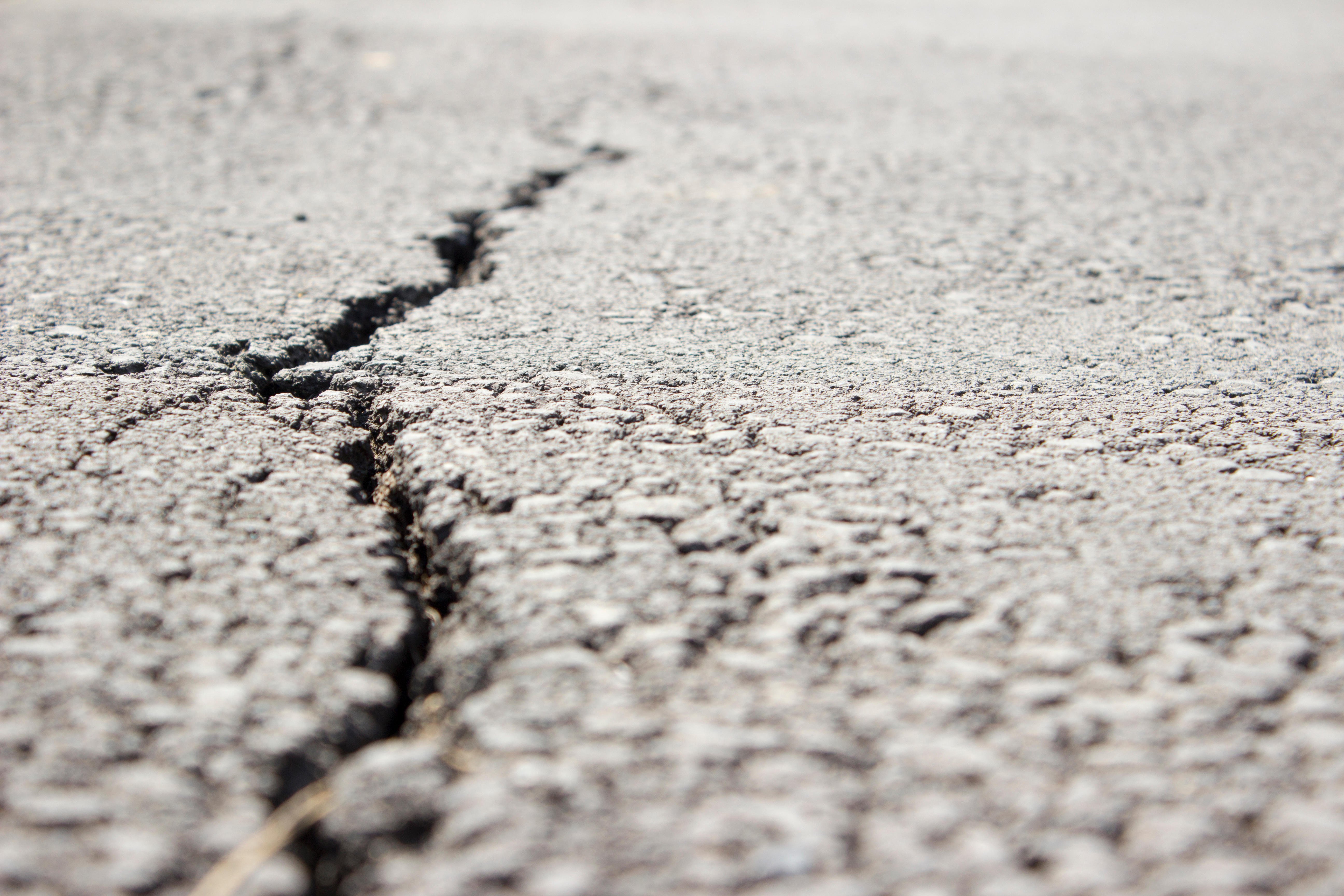 The Superpave asphalt design method traces its roots back to 1984 when the Transportation Research Board (TRB) called for investments in badly needed research to create better and longer-lasting highways. Funding in 1987 and 1991 yielded a complex research process under the Strategic Highway Research Program (SHRP) of which the major portion of funding was allocated to advances in asphalt pavements. That finally resulted in the introduction of Superpave in 1992, an acronym of sorts for Superior Performing Asphalt Pavements.
The Superpave asphalt design method traces its roots back to 1984 when the Transportation Research Board (TRB) called for investments in badly needed research to create better and longer-lasting highways. Funding in 1987 and 1991 yielded a complex research process under the Strategic Highway Research Program (SHRP) of which the major portion of funding was allocated to advances in asphalt pavements. That finally resulted in the introduction of Superpave in 1992, an acronym of sorts for Superior Performing Asphalt Pavements.
Superpave outlines performance-based specifications for asphalt binder and volumetric mixture design. Performance-based means the binder needs to be classified based on its performance to temperatures and aging. Design means grounded in traffic loading and environmental conditions and also testing of the mix design to predict how it will perform.
Spring forward to 2021, now almost 30 years out from its debut, and the question begs: Is Superpave still valid for designing asphalt pavements?
Where does Superpave work well — and where does it come up short?
Superpave was launched in 1993 with three levels. Levels 2 and 3 are supposed to add performance-level testing to check design assumptions. However, only Level 1 was adopted due to the complexity of Levels 2 and 3.
“Superpave leaped the industry forward from 1950’s technology to 2000. It was lightyears ahead of what we had, where we measured viscosity and used hammers to simulate roller compaction. Like any research project, more was needed. Overconfidence in the simplified system has led to the shortcomings we see today,” said Phil Blankenship, president, Blankenship Asphalt Tech & Training.
“The Superpave liquid binder specification worked well in defining high temperature rutting and low temperature cracking parameters, but the intermediate cracking parameter was defined for crude sources dating back to the 1990s.”
Modifiers, including polymers, were not included in the original binder study initially and were not well understood. As a result, the intermediate temperature parameter was not initially well-defined because of its complexity and therefore failed to correlate back to intermediate temperature cracking.
“Many believe this intermediate temperature parameter contributes to the cracking issue that we see today,” said Blankenship.
“Before Superpave, the major form of distress in the US was rutting. In an effort to eliminate that distress, Superpave administrators used a belt-and-suspenders approach. First, aggregate specifications were introduced to agg requirements for crushed faces, uncompacted voids, and more that were somewhat revolutionary. Second, to be sure no rutting would occur, administrators led with over-compaction of laboratory samples. The over-compaction produced mixtures that were most likely lower in asphalt content than needed but extremely rut resistant. This, I believe, is why we see the extensive cracking that we see today.”
How can we address the shortcomings of Superpave?
For Blankenship, the answer is simple. Move to an improved mix design method.
“The answer to fix the shortcomings call for bringing back Levels 2 and 3 in the form of the Balanced Mix Design method,” he said. “This is where we add a performance-level, or proof tests such as the Hamburg Wheel Tracker and IDEAL-CT, to verify the assumptions we make.”
Today, we call Level 2 or 3 “Balanced Mix Design (BMD)” or “Performance Engineered Mixtures (PEM)”.
What benefits do Balanced Mix Design and IDEAL-CT add to Superpave?
Both testing methods allow mix designs to vault into the 2020s — into a mix world that differs greatly from the 1990s. Aggregates sources naturally continue to vary since these sources are mined and ledges change. Asphalt binders vary too, since they are downstream (last) from the refining process, and we must take what we get.
New, cutting-edge materials, such as the polyaramid fibers found in ACE XP®, ARMI™, and REARM HR® from Surface Tech show proven capabilities to yield asphalt mixes that arrest cracks and provide the flexibility needed to resist rutting. In balanced testing alone, ACE XP® yields an improvement of 30 to 50 percent in both rutting and cracking performance.
We invite you to join us in urging Superpave adherents to take another look at relying solely on Level 1 methodology and instead embrace BMD and PEM to put the “Super” back in Superpave.
It’s a new asphalt world today. Surface Tech is committed to seek and deliver solutions to bad paving designs with new, innovative technologies and revolutionary new materials that make roads stronger and last longer. After 30 years, we believe the time has come for new thinking about a now outdated Superpave.
